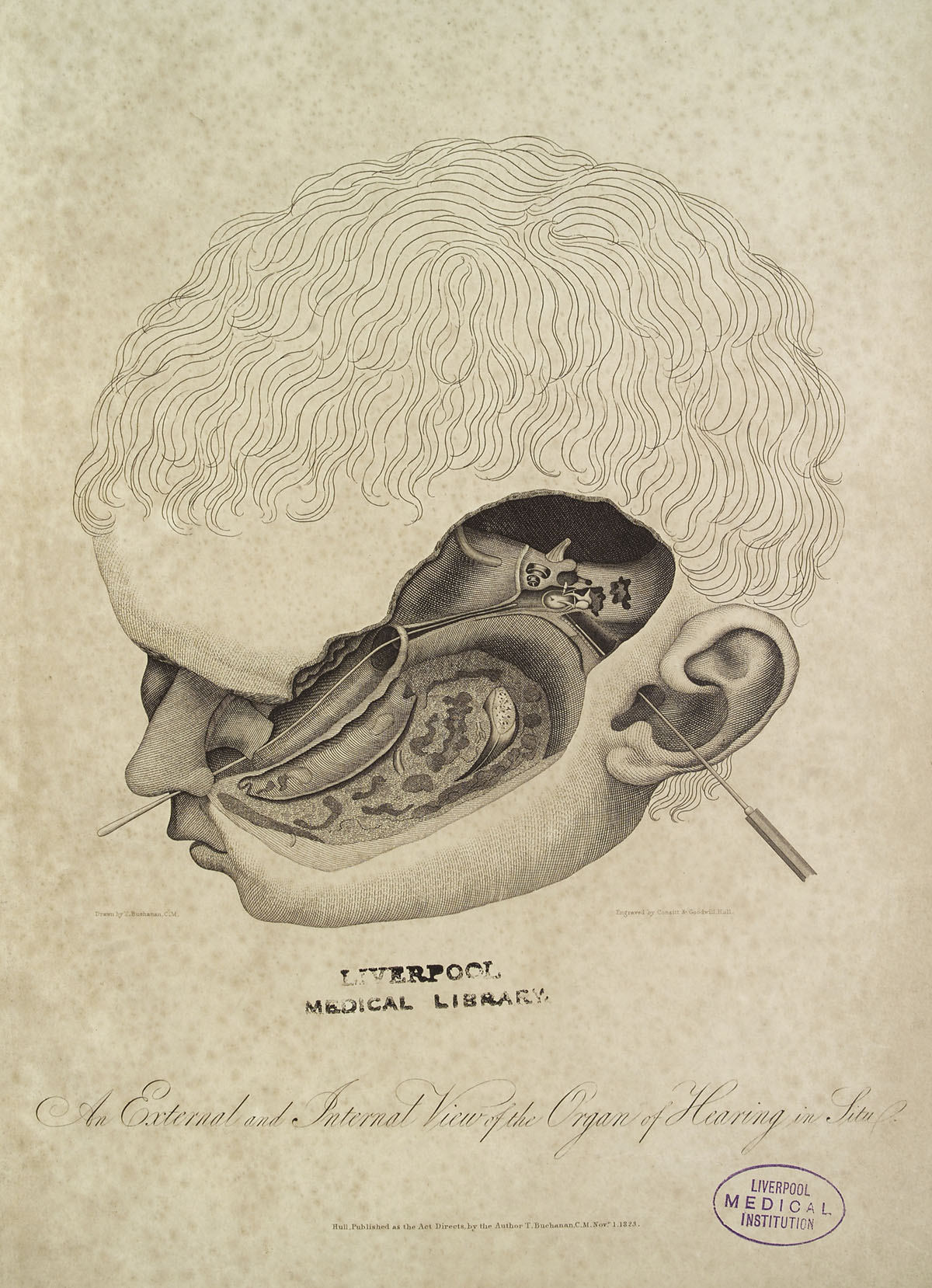
Meniere's disease (or Ménière's disease) is an inner ear disorder that leads to repeated episodes, or attacks, of vertigo (dizziness or a spinning sensation) and tinnitus (a ringing in the ears not caused by an external sound). Patients living with Meniere's disease may additionally experience a feeling of fullness in the ear and even fluctuating hearing loss. Many patients only experience symptoms of Meniere's disease in one ear.
It has been confirmed that Meniere's disease predominantly occurs in people older than 40 and younger than 60. The condition, however, may affect individuals of all ages, including children.
In spite of not being curable, Meniere's disease is still treatable or manageable. With suitable treatment, the symptoms of Meniere's disease can be targeted and successfully be brought under control. With the proper approach, patients who have Meniere's disease do not also have to suffer from it. They can lead normal lives and participate in every day activities without being restricted by the condition.
Meniere's Disease: Tests and Diagnosis
People who experience symptoms that are also seen in Meniere's disease should seek medical attention. Once you see your doctor and describe your symptoms, hearing and balance tests as well as sometimes imaging tests such as MRI or CT scans can be used during the diagnostic process.
In order for Meniere's disease to be diagnosed, a person must experience at least two spontaneous episodes of vertigo. These attacks of vertigo also have to last at least 20 minutes. Furthermore, hearing loss should be detected by a hearing test during an episode of vertigo. It is also important to experience tinnitus (ringing in the ear) for the purpose of being diagnosed with Meniere's disease. Aural fullness factors into the diagnosis as well. Finally, once the previously mentioned is reported, there is also a need to exclude other possible causes of these sensory problems and one is eventually diagnosed with Meniere's disease.
A patient's medical history is also thoroughly studied. The individual must additionally undergo a complete physical examination.
Hearing and Balance Assessment in the Diagnosis of Meniere's Disease
A hearing test (also called audiometry) detects hearing loss (if there is any) and determines the extent of hearing loss. This test is also very helpful when it comes to identifying whether the hearing problem is in the inner ear or affect the auditory nerve.
As for a balance assessment, patients undergo several tests. The most commonly performed is electronystagmography (ENG). ENG is of major importance for evaluation of balance. This is achieved by assessing eye movement. Namely, balance-related sensors in the inner ear are connected to eye muscles. During the test, specially designed electrodes are placed near the eyes and on the forehead. What follows is stimulation of the inner ear by cool water, warm or cool air, all of which are introduced into the ear canal. By measuring involuntary eye movements, doctors check patient's response (eye movements) and may successfully confirm whether there are any problems with the inner ear.
Rotatory-chair testing is similar to ENG because it evaluated eye movements. But this time the person is placed in a special rotating chair and by moving the chair, one's inner ear gets stimulated.
Finally, there are two more test performed, vestibular evoked myogenic potentials (VEMP) and posturography.
In order to rule out other potential causes of symptoms, doctors additionally perform MRI, CT scan and auditory brainstem response audiometry.
Does Meniere's Disease Cause Eye Problems?
Yes, some people diagnosed (or soon to be diagnosed) with Meniere's disease experience visual symptoms as well. They include blurred vision and difficulty focusing on objects so they are clearly seen. Rapid eye movements can also occur. These visual problems are present during episodes of vertigo, and are connected with balance issues.


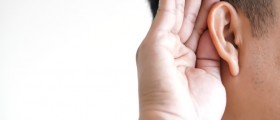


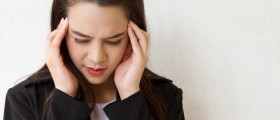

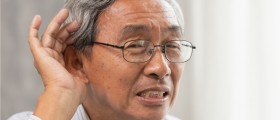

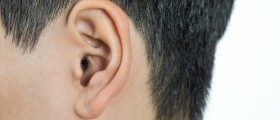







Your thoughts on this
Loading...